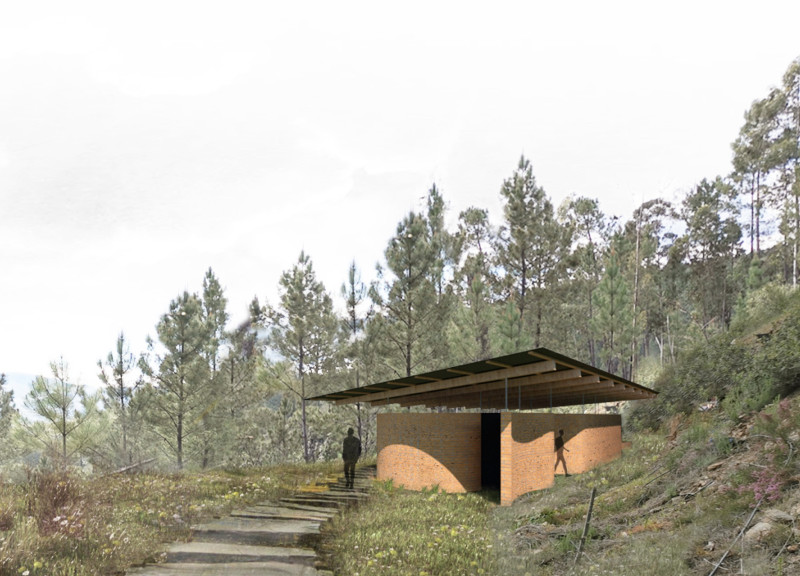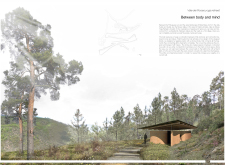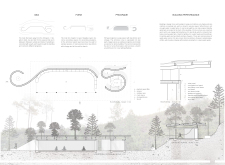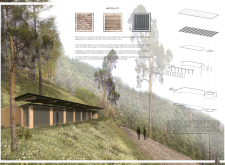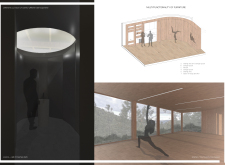5 key facts about this project
The project represents a contemporary architectural endeavor located in [Geographical Location], combining functional design with contextual responsiveness. Its core purpose is to serve as [specific function, e.g., residential units, community center, etc.], with an emphasis on promoting a cohesive community experience. The design integrates various elements to enhance the day-to-day lives of its users while contributing to the overall aesthetic of the surrounding area.
The architectural design consists of well-defined spaces organized to maximize functionality and comfort. Key areas, such as [description of main areas like living spaces, communal areas, etc.], have been strategically planned to ensure optimal flow and usability. Large windows enhance natural lighting, while the layout encourages interaction among users.
Materiality plays a significant role in the project. Reinforced concrete is utilized for structural components, providing strength and durability. Glass is extensively used for facades, creating transparency between indoor and outdoor environments. Natural wood elements introduce warmth and sustainability, while brick and stone connect the building with local architectural traditions.
Innovative Design Approaches
What sets this project apart from conventional designs is its commitment to sustainability and community integration. The design incorporates green technologies such as solar panels and rainwater harvesting systems, minimizing the environmental impact of the structure.
Landscaping has been thoughtfully integrated into the architectural concept, creating leisure spaces that foster community interaction. The use of local materials not only supports regional craftsmanship but also ensures that the building resonates with its geographical context. This approach highlights an understanding of place, allowing the architecture to blend seamlessly with the surrounding environment.
Innovative organizational strategies, such as open-plan living areas and flexible multi-purpose rooms, reflect current trends in residential architecture, emphasizing a functional and adaptable use of space.
Architectural Details and Technical Objectives
Attention to detail has been a fundamental aspect of the design. Architectural sections demonstrate a careful consideration of sightlines and ventilation, ensuring that each room is conducive to comfortable living. The incorporation of features such as overhangs and shading devices aligns with passive design principles, reducing energy consumption and enhancing user comfort.
Interior finishes and material choices have been selected based on durability and aesthetic appeal, creating environments that are both functional and visually coherent. The project strives for a harmonious balance between private and communal spaces, addressing the needs of individuals and fostering a sense of belonging within the community.
To gain deeper insights into this project, including architectural plans, sections, designs, and innovative architectural ideas, interested readers are encouraged to explore the comprehensive project presentation for more detailed information.


